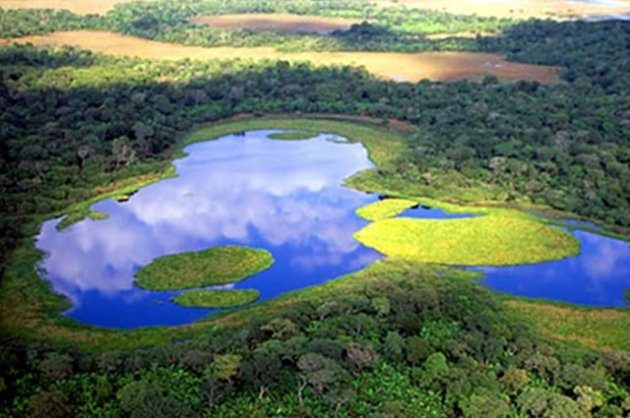The **deterioration of wetlands** worldwide is a problem that has grown in recent years, and there are already serious records of the situation. According to United Nations statistics, **177** member countries are examples of this.
This translates into a red alert when it comes to mitigation objectives and the fight **against climate change**, as these ecosystems are vital as CO2 sinks. Additionally, it is estimated that **40%** of the world’s species live in these spaces.
Agriculture, urbanization, deforestation, and industrial activities are the main causes of deterioration.
## The deterioration of wetlands: what causes it
The **Global Peatland Hotspot Atlas** was recently published by the United Nations Environment Programme (**UNEP**).

It highlights the need to **improve the protection and restoration of wetlands**, along with investments in research and monitoring.
Presented at the **COP29 in Baku**, it offers updated maps on the global distribution of high-importance wetland areas. It emphasizes the threats they face and the **opportunities for their restoration** and conservation.
The report warns of the **degradation and sinking** of these ecosystems due to drainage in the tropics for agriculture, livestock, and oil palm plantations.
The **thawing of permafrost** due to climate change is another key factor in their rapid degradation. It is estimated that about **500,000 hectares of wetlands** are destroyed each year by human activities in critical points such as East and Southeast Asia.
However, they remain mostly **intact in remote regions** away from international markets, within some (sub)arctic, boreal, and tropical areas.
The report is based on the 2022 Global Assessment and supports efforts to urge decision-makers to **prioritize the protection** of wetlands as a cost-effective climate solution. Furthermore, it provides multiple benefits to **people, nature, and climate**.
### What are wetlands and why is it urgent to protect them?
Wetlands are ecosystems in which water is the **primary factor controlling the environment and plant and animal life**. They are areas that remain flooded or with water-saturated soil for considerable periods of time.
Some of the wetlands included by the UN on its list are:
– Groundwater aquifers
– Swamps
– Wet grasslands
– Oases
– Estuaries
– Deltas
– Marshes
– Mangroves and other coastal areas
Wetlands are refuges against climate change since they **capture carbon dioxide** (CO2) from the atmosphere and store more carbon than any other ecosystem on Earth.
In addition to their importance for the **ecological balance of the planet**, they are vital for human well-being, and their impact on our **quality of life** ranges from water purification, protection against floods, to the provision of food and raw materials.
Wetlands retain and **provide most of the freshwater** consumed by humans, as they naturally filter contaminants, **providing safe drinking water**.
**[Have you checked out our YouTube channel yet? Subscribe now!](https://www.youtube.com/channel/UCrYLIWysAyv4m833zGAQ02g)**

